Google Pixel 8 Pro Review: AI Over Graphics?
Retail price: $999
Disclaimer: Google sent us a unit of the Pixel 8 Pro free of charge to review, but all thoughts and opinions expressed in this review are our own and were not discussed with the company prior to publishing.
We are a participant in the Amazon Services LLC Associates Program, an affiliate advertising program designed to provide a means for us to earn fees and support our channel by linking to Amazon.com and affiliated sites.
It’s hard to believe that the Google Pixel is 8 generations into its product life now. A lot of those early generation hiccups should have been long left in the rear view and the Pixel 8 Pro should be a well rounded smartphone by now for the mass consumer base. With an updated Google developed CPU and another year of refined software tricks to improve the camera performance, has the Pixel 8 Pro obtained their final evolution?
Hardware ChangeS?
When it comes to design and appearances, the Pixel 8 Pro is essentially the same recycled look as its predecessor. In what has become a Pixel identity, a camera bar housing the rear sensors stretch across the top of the glass back. The camera hump does protrude a bit out thus preventing the phone from laying flat on a surface. I personally am not a huge fan of this current Pixel design, but at least it’s a uniformed identity for the brand that’s different from competitors. The color Google sent us to review is called Bay. It’s a baby blue color that helps the brand seem more playful. I like the blue color this year, although I do miss the darker blue shade of the original Pixel. Google also decided to add a matte finish to the back which makes the phone feel quite nice to hold in your hands. What I don’t like is the glossy metal finish on the frame of the Pixel 8 Pro. It makes the phone’s design feel old and cheap. I get 2017 iPhone X vibes when looking at the reflective silver frame here. It’s even more of a curious decision as the cheaper Pixel 8 actually has a matte metal finish on their frame. I don’t understand why they didn’t just unify the design. In my opinion, the less expensive phone looks better.
Speaking of new hardware, Google has added a temperature sensor onto that camera bar that allows you to get temperature readings when you point it at a subject. It’s a neat party trick, but I wouldn’t rely on this sensor just yet. I deal with temperature measurements at my day job and while the Pixel is within the ballpark, I wouldn’t trust the numbers to be fully accurate. It also can only be used accurately with objects at the moment, but one day if it can measure a human’s body temperature, I do think there may be potential for it on a smartphone.
Harnessing the Tensor Camera
The biggest reason you would likely purchase a Pixel is for the Pixel’s camera. That’s been a selling point for Google since the first iteration of this hardware. Harnessing the power of their Tensor G3 SoC, I’ve seen a lot of improvements to the photo results coming out of the 50 MP, f/1.7 wide camera, the 48 MP, f/2.8 telephoto, and the 48 MP, f/2.0 ultrawide lens. The hardware gets a spec bump, but where the results are noticeably altered is through the improved software. The camera app has a redesigned interface and the post-snap process has also been revamped a bit. Google has thrown a lot of investment into AI and post-processing to improve on the photo results and I do see progress here.
If you want to seamlessly swap out the head of a face with closed eyes, it’s as simple as a press of a button after snapping a photo. If you want to remove something unsightly from the background, all it takes is one click. This Magic Editor mode is what Google calls a new experimental editing experience that combines all of the software tricks the company has marketed over the last few years into one package. I don’t think the software is all the way to the finish line yet, but it is getting to the point where we shouldn’t ignore its viability. For example, the Magic Eraser function where you just tap to remove an item is even simpler now. People may argue that these features are a cheap method to imitate a real Photoshop job, but we live in an age where digital media creation is constantly on the move. There’s a level of acceptance for mobile edits like this for applications like Instagram and other social media platforms that I think benefit from the accessibility Google provides users with.
When all of this put together works smoothly, you do get an amazing sense of what the future of mobile photography could be. However, the current iteration of the platform is a bit more frustrating than satisfying. Oftentimes I would come across a failed message of a frame not meeting certain requirements to use the Best Take ability to edit due to a face not facing straight enough. When you do find a scenario that it works with, your options open up like a buffet of choices to mix and match.
You might be hearing this and assume that as a Google Photos feature, this is strictly a software benefit that shouldn’t be exclusive to the performance of the Pixel 8 Pro review. I can tell you that the hardware gets you about 80% of the way to the finish line. There’s a good amount of detail that gets picked up with minimal effort. The camera auto exposes and focuses at points where you as an operator would have chosen if manually shooting about 90% of the time based on my usage. I’ve been using some great mobile phone cameras in 2023 yet I found myself putting way less effort into taking photos and videos on the Pixel 8 Pro than I’ve been accustomed to recently.

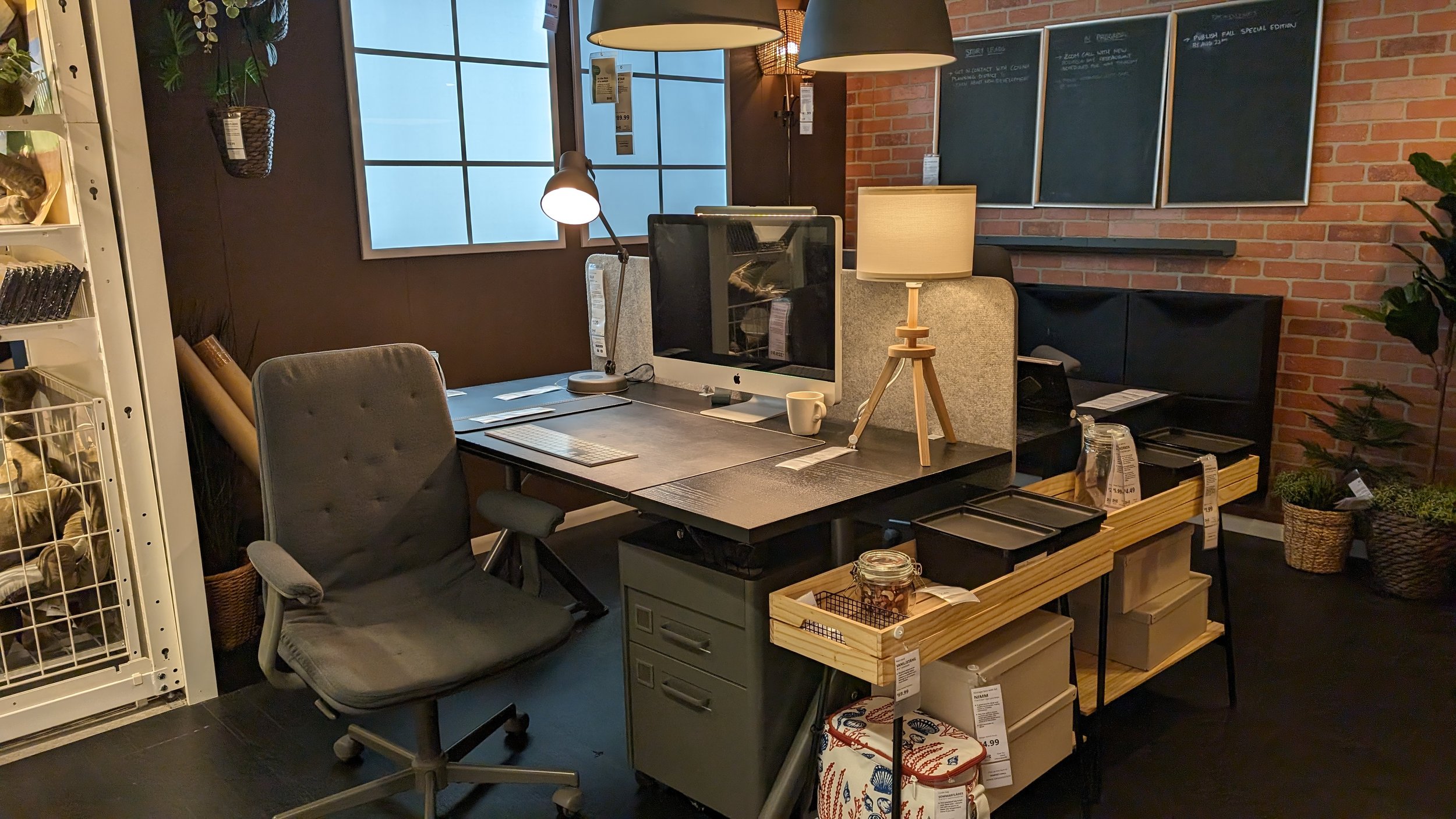
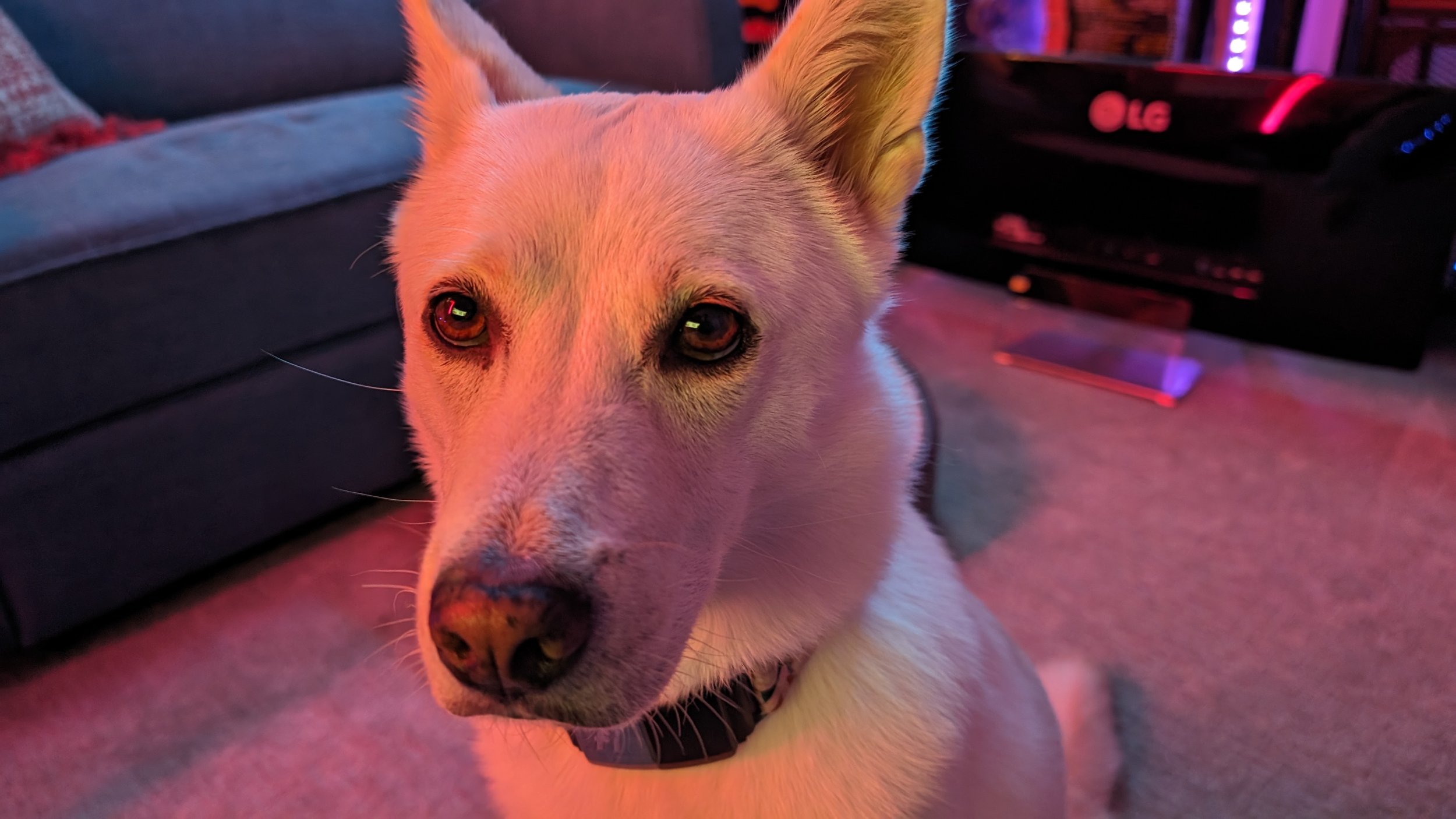
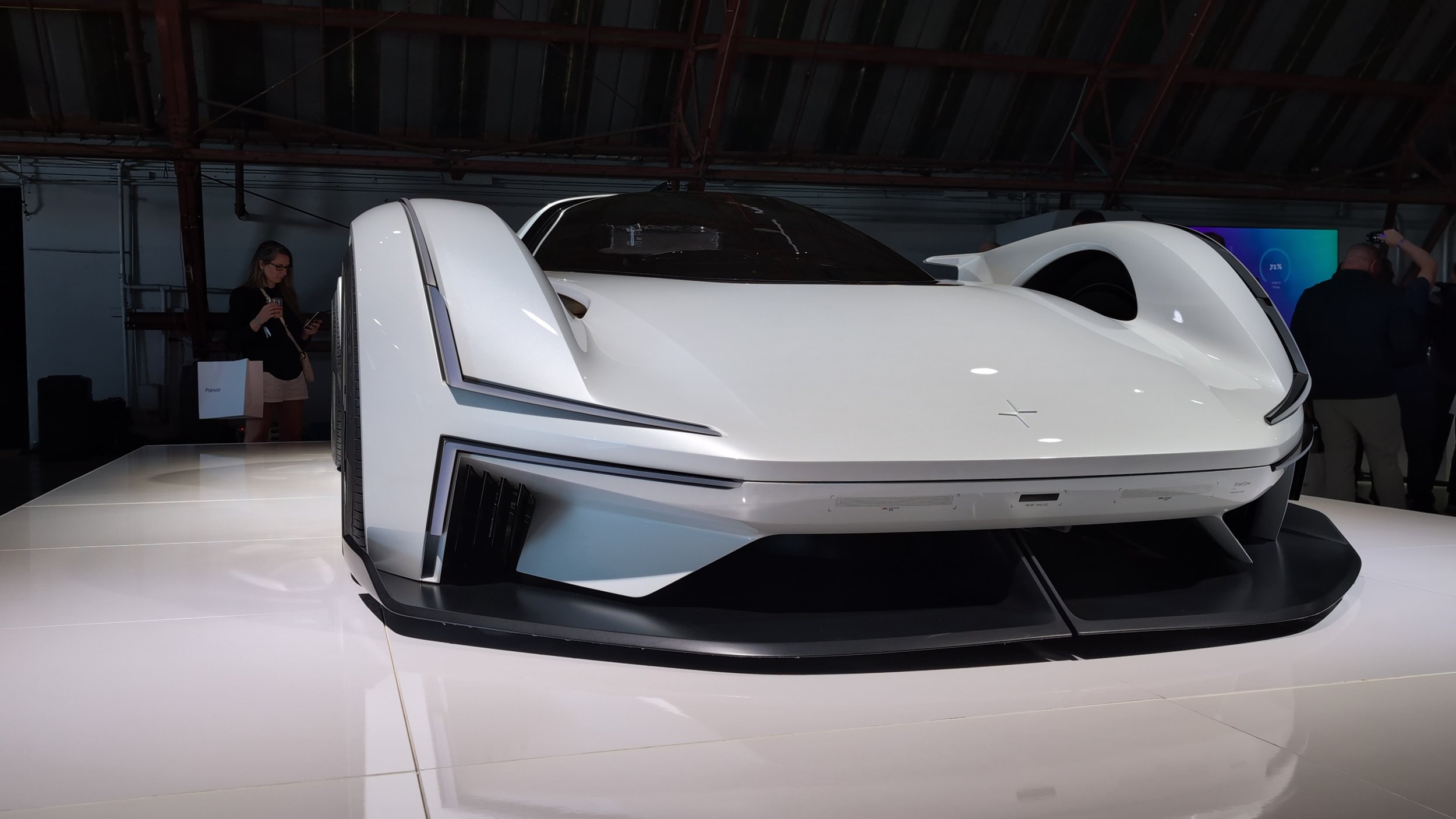
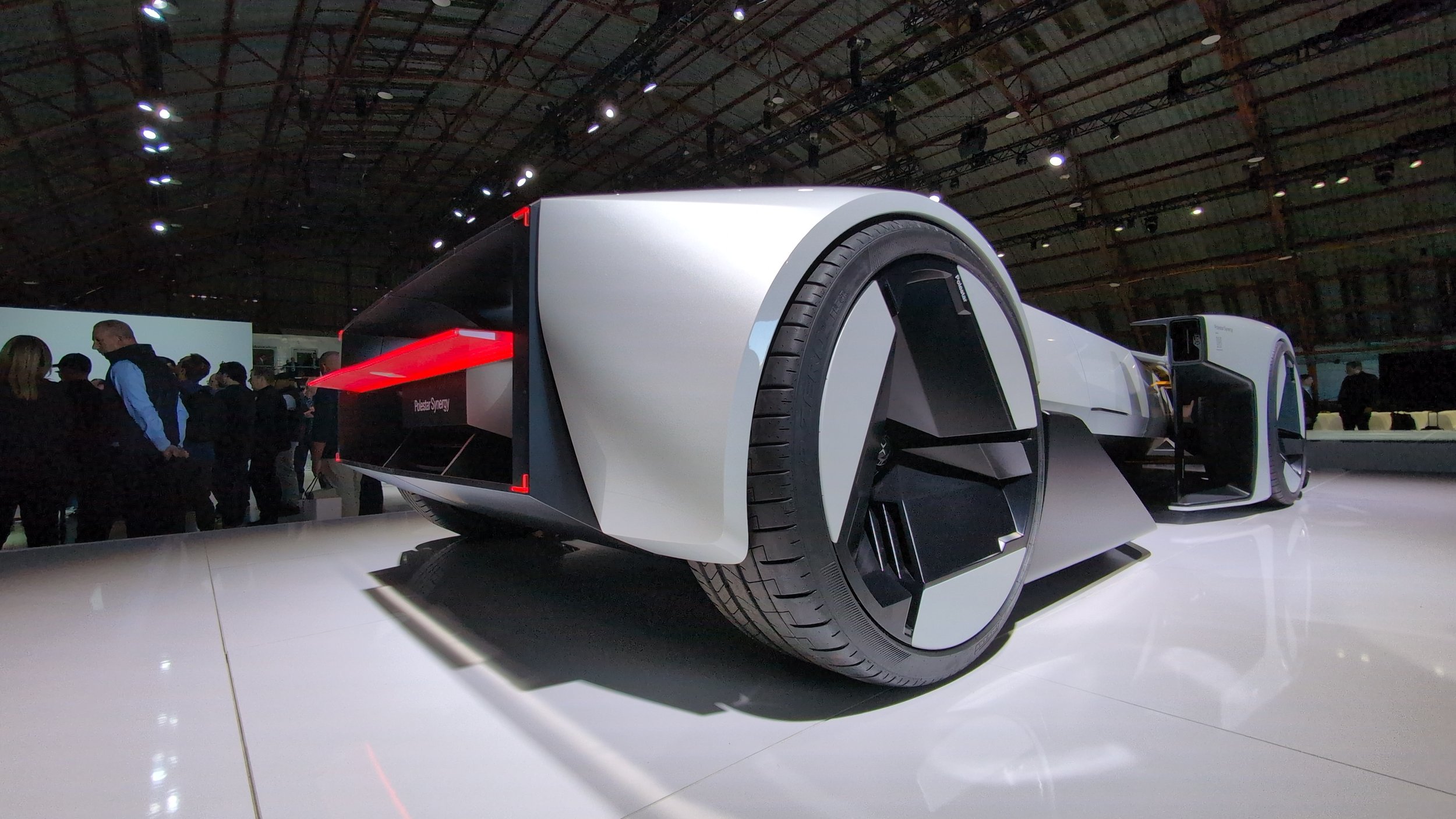


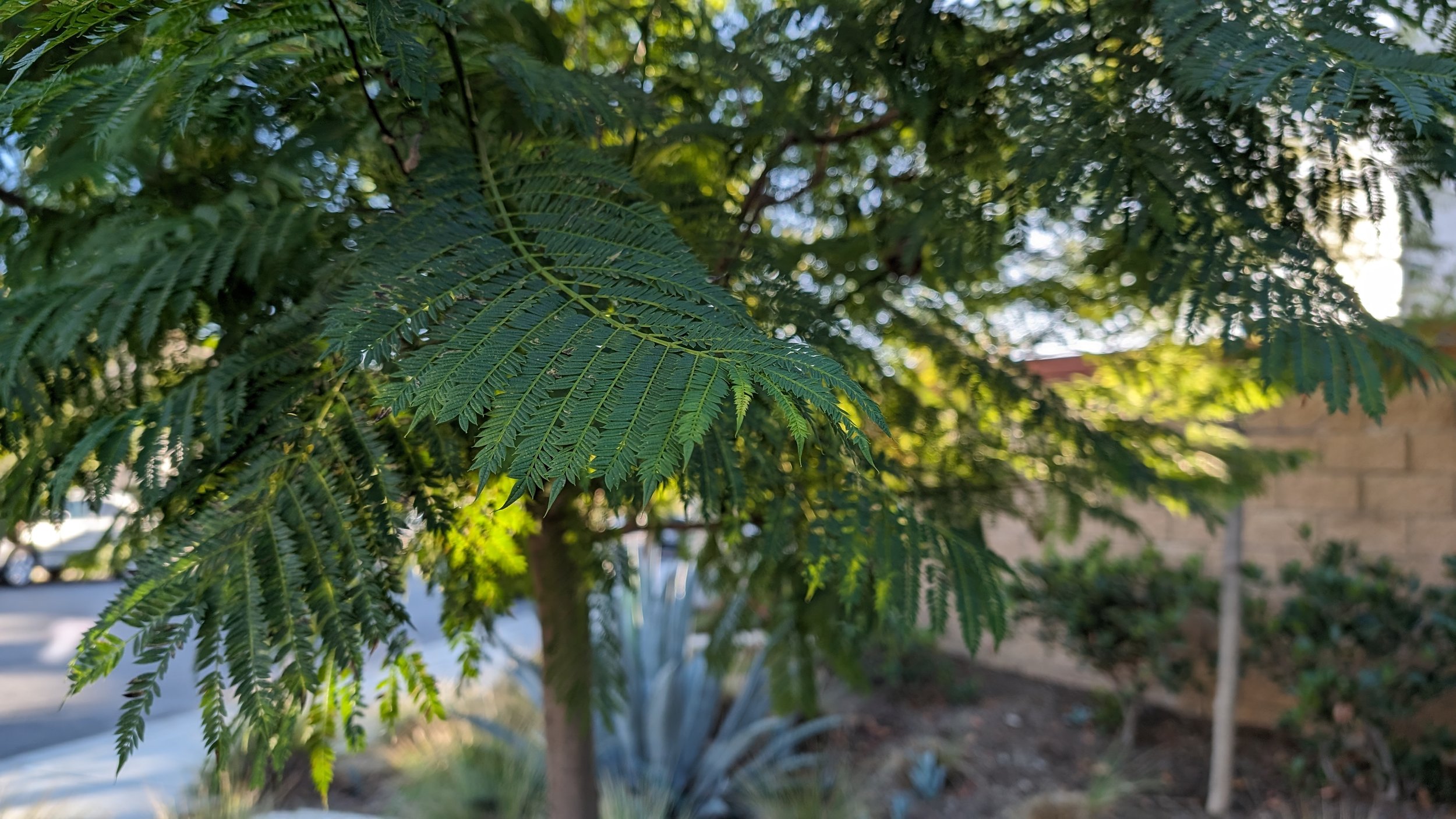
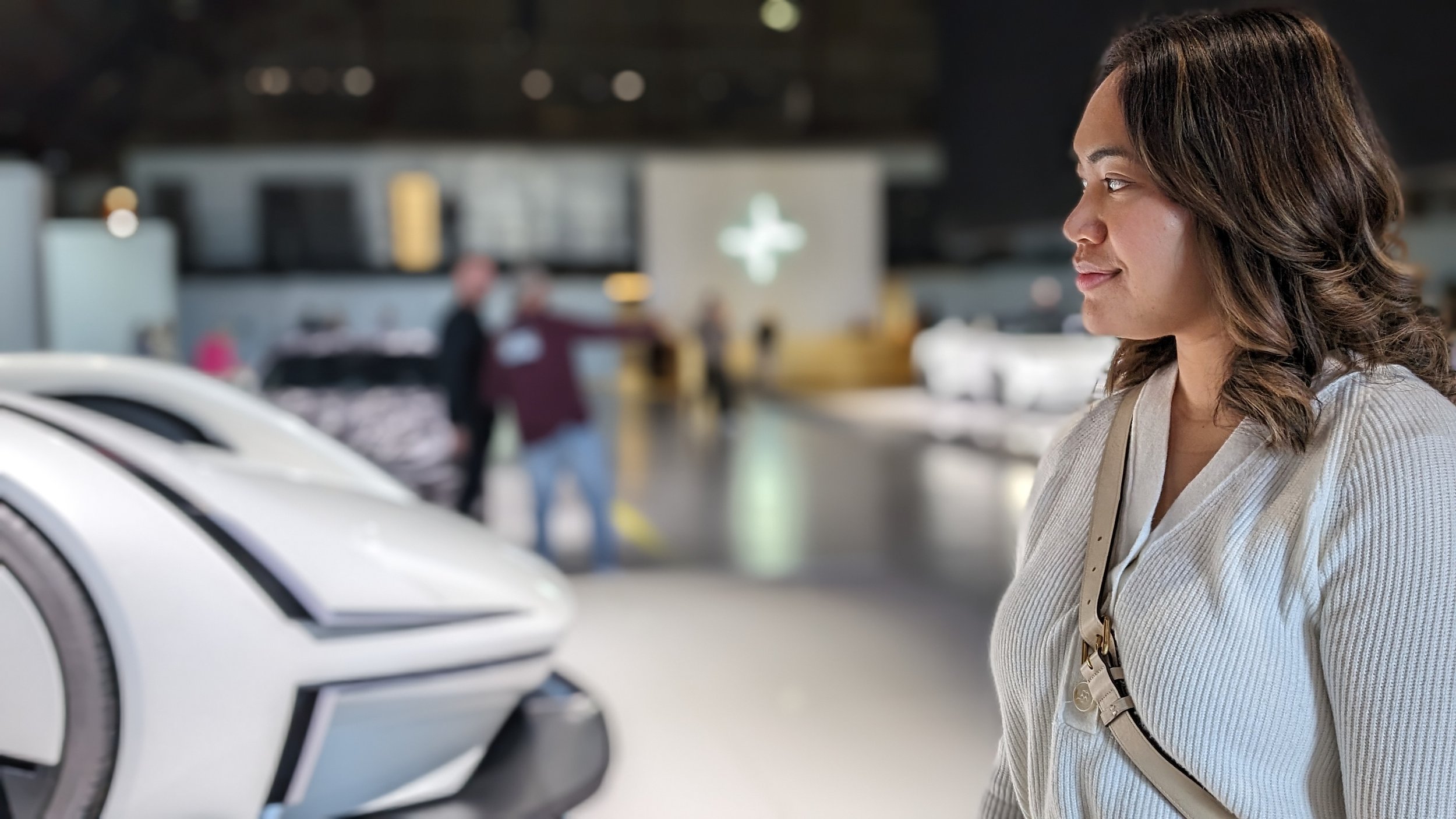
At the end of the day, it is obvious that this is the target audience Google wants their cameras to impress. The user who doesn’t know the rule of thirds or anything about bokeh, yet still wants to be able to whip out their Pixel 8 Pro and show off a picture they shot of a cool car to their friends and have it look like it came from a magazine. I honestly don’t care if Google has to rely on post-processing to get me results. If my lowlight pictures can be shot effortlessly and not look too grainy while also maintaining this level of detail and sharpness, I find it a huge win, especially if you look at just where we came from just a decade ago in the smartphone world. There’s still work to do before I can recommend a smartphone to replace a DSLR for solely professional uses, but for replacing consumer cameras for everyday needs? We are well past being that with the Pixel 8 Pro.
Another Year of Tensor
Google seems to have leaned heavily into AI with their chip development, but have neglected the graphical processing that competitors have almost perfected.
So while the camera continues to be a strong point in the history of the Pixel lineup, my biggest letdown for the Pixel 8 Pro comes from the Tensor G3 chipset. This phone has 12 GB of ram and 128 GB of storage. Day to day operation is smooth and I love the animations when navigating through Android 14. A clean Android experience is hard to argue against. Most apps run as I would expect it should on a flagship phone. However, the Pixel 8 Pro performs quite poorly in the mobile gaming department. I have not used a flagship priced smartphone that struggled this mightily while playing games in a long time. Game developers have done a terrific job of migrating ports over to the smartphone space in recent years. Genshin Impact and Honkai Star Rail are examples of AAA story games that sacrifice nothing when played on mobile. I was disheartened to experience such a lackluster gameplay run of Honkai Star Rail on the Pixel 8 Pro. Throughout my time with this phone, it has been a common sight for the Pixel to heat up within 10-15 minutes of a farming session. That’s usually the amount of time it takes to finish up your daily missions to collect rewards in these gacha games. For the Pixel to begin throttling and dropping frames of cutscenes and special attacks in such a short gaming session, I had to reconsider how I would use this as a daily driver.
The phone struggles to keep up with the mobile game Honkai Star Rail
If I was to pull out my phone and progress through the story plot in the game, I have doubts whether the Pixel can handle that workload now. Lets not get into the benchmarks as we aren’t that type of review site. Those numbers and comparisons with Qualcomm’s offerings are everywhere online since the initial release of the phone. Lots of people get caught up with numbers and hinge on them in their decision making process. I don’t find that beneficial. However, when it’s this obvious to the naked eye just how lackluster the graphical gaming performance is, even I have to point it out.
At the end of the day I can still play my AAA mobile game here and get my quests done, but it clearly isn’t a flagship level experience that I expect from the best of the best. I understand that this isn’t a gaming phone, but neither is the Samsung S23 or the Apple iPhone 15 Pro and those phones handled the same games effortlessly.
This is a big tradeoff that I’ve absolutely noticed with the Tensor SoC this year. Google seems to have leaned heavily into AI with their chip development, but have neglected the graphical processing that competitors have almost perfected. I get that not everyone is addicted to gacha RPGs nor need the highest graphical performance on their smartphones, but I do believe that flagship phones should cater to just about every need feasible so that every buyer can have a near perfect experience in what they want and need. Nothing is perfect, but if you want to be a mass consumer product that everyone wants, this is something that needs improving.
Product Specs +
- Tensor G3 CPU
- 12 GB Ram
- 128 GB Storage
- 6.7 Inch OLED Display
- 1344 x 2992 p (489 ppi)
- 5,050 mAh Battery
- Android 14
Camera Specs +
Rear Cameras
- 50 MP, f/1.7 Wide
- 48 MP, f/2.0 Ultrawide
- 48 MP, f/2.8 Telephoto
Selfie Cameras
- 10.5 MP, f/2.2 Ultrawide
Keeping your Eyes On The Screen
The 5050 mAh battery is another subject that needs re-evaluating. Just when I think Google has gotten over the hump with the battery life department, I quickly have to reconsider my judgment with every new phone. On the one hand, I can eke out about 5 hours of screen on time and about 10-13 hours a day off a full charge. I would classify this as average, but those numbers quickly decline if you pull out your camera and edit your photos after. For a phone that is heavily marketed as a camera-centric piece of technology, it is time for Google to be better than just average. You can’t take amazing pictures or videos if your phone is dead. Sure, the phone charges fast at up to 30W wired and 23W wireless, but slapping a magnetic battery on while taking photos with the phone in your hand is extremely uncomfortable due to the heat on the back.
I would love to see the Pixel’s battery life bump up so that I can keep my eyes on the Pixel’s display longer. It’s a great OLED panel that pushes 1344 x 2992 pixels for a ppi count of 489. At 6.7 inches and a 20:9 aspect ratio, you’re looking at a near perfect viewing experience for a smartphone. Viewing angles are terrific. Colors are vibrant and the images are sharp no matter where you’re looking at the display. The panel gets ridiculously bright. It hurts my eyes just how bright a white screen can get. This just further illustrates why Google needs to pop a bigger battery or be even more efficient with their software to keep the phone running longer because this is a viewing experience that will keep eyes glued to the screen.
Why Is It Still Like This?
My final notes on the Pixel 8 Pro are software related issues. Android 14 has some beneficial AI improvements like the call screener feature, but the Pixel 8 Pro is plagued by constant random restarts. I haven’t been able to distinguish a pattern of when and why this happens on my phone, but it does happen at least once or twice a week where the phone will power off and restart. Google has acknowledged this as an issue and an OTA update was supposed to fix this in November. I haven’t had enough time with the update to know for sure if it’s been resolved, but it is unfortunate that some of these bugs existed in the first place.
The Pixel 8 Pro will be remembered by me as once again reinvigorating my interest in smartphone camera technology. I remember the first Pixel phone release and being pleasantly surprised at the Night Sight capabilities and how easy it was to snap a great usable picture in one attempt. I had similar feelings swapping my sim card back into a Pixel for the first time in a while. This phone will also register in my mind as a disappointment in the performance department. The Pixels have never been a league leader on the spec sheets, but they have always been sufficient in handling all the business I would need on my smartphone. The Tensor G3 is the first iteration of a Pixel phone that legitimately struggled to handle an application that I use daily. Even after all this time with the phone, I’m not exactly sure how I feel about it. I’ll miss the camera capabilities if I leave the Pixel 8 Pro behind, yet I definitely won’t miss the average battery life and graphical performance. The decision to buy or skip this year’s Pixel will be depending on what you value and use in your daily life.

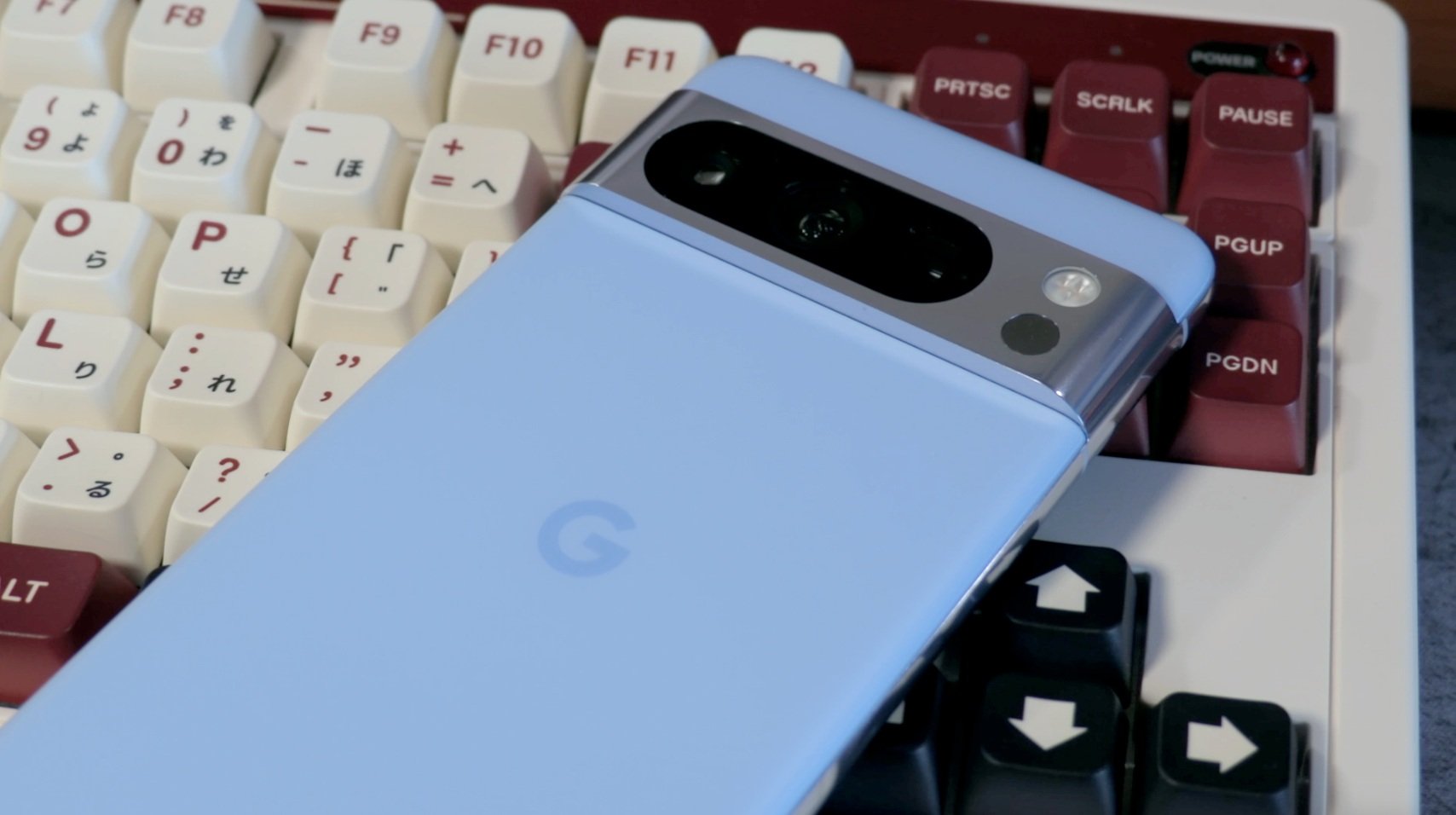
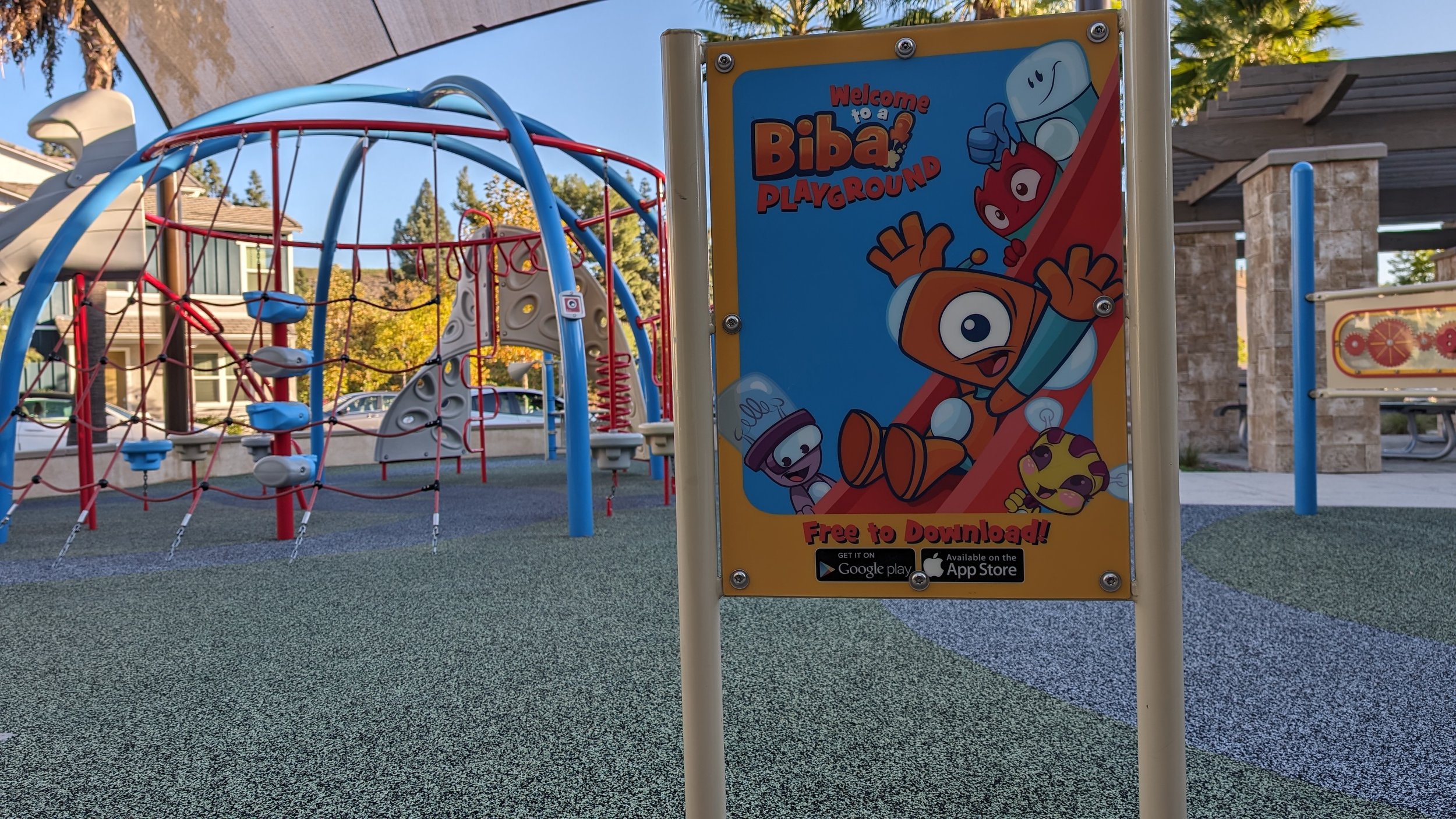
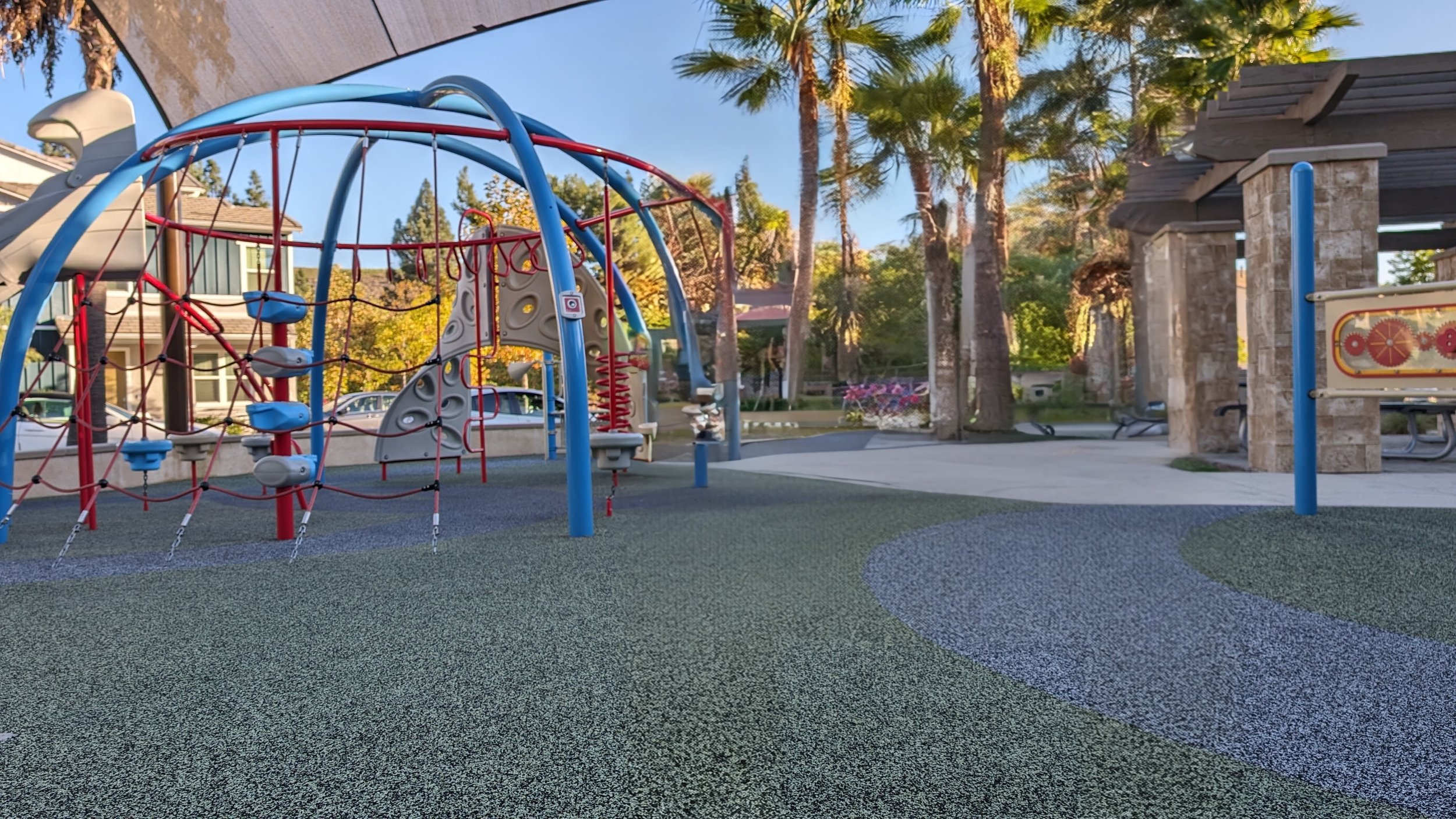
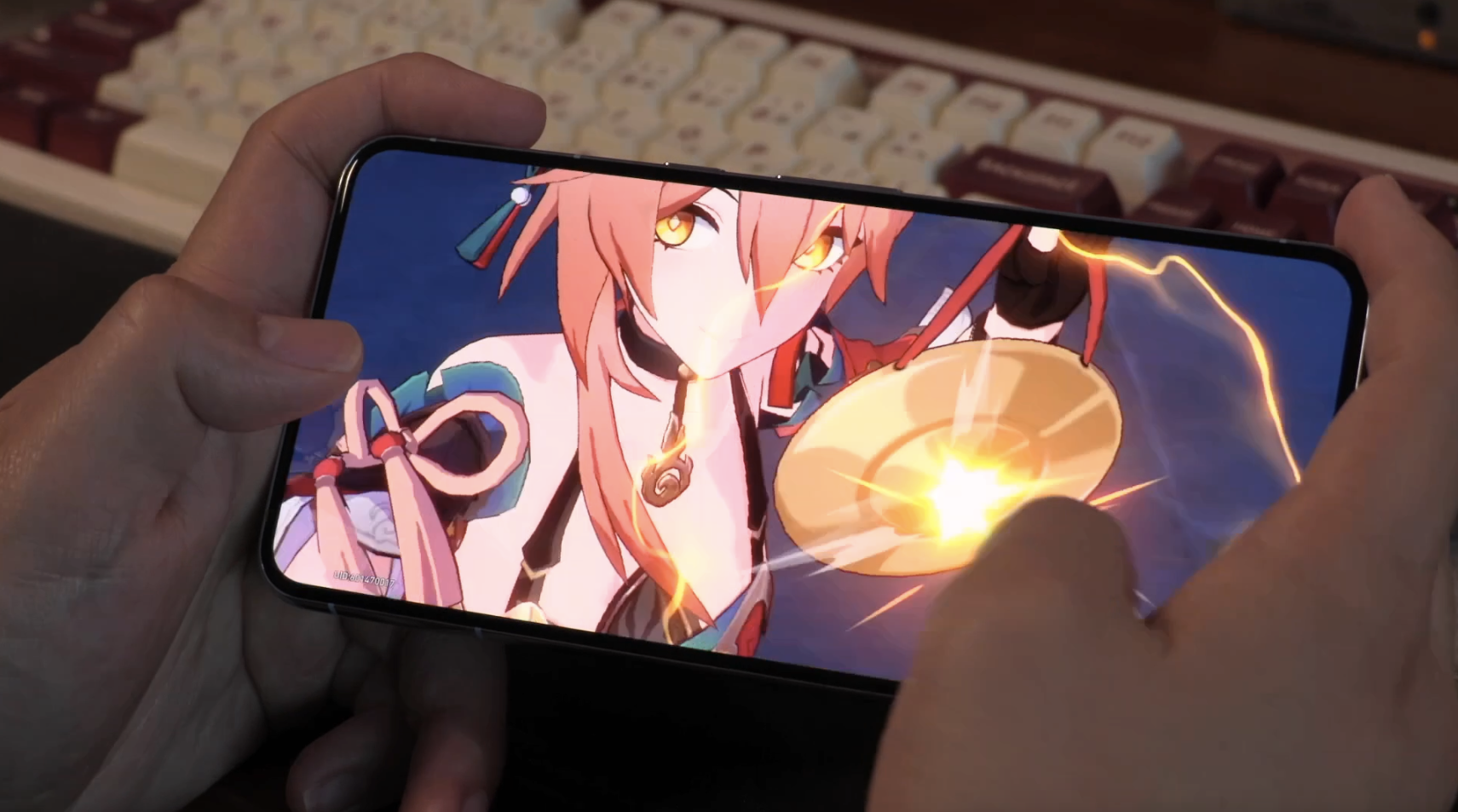

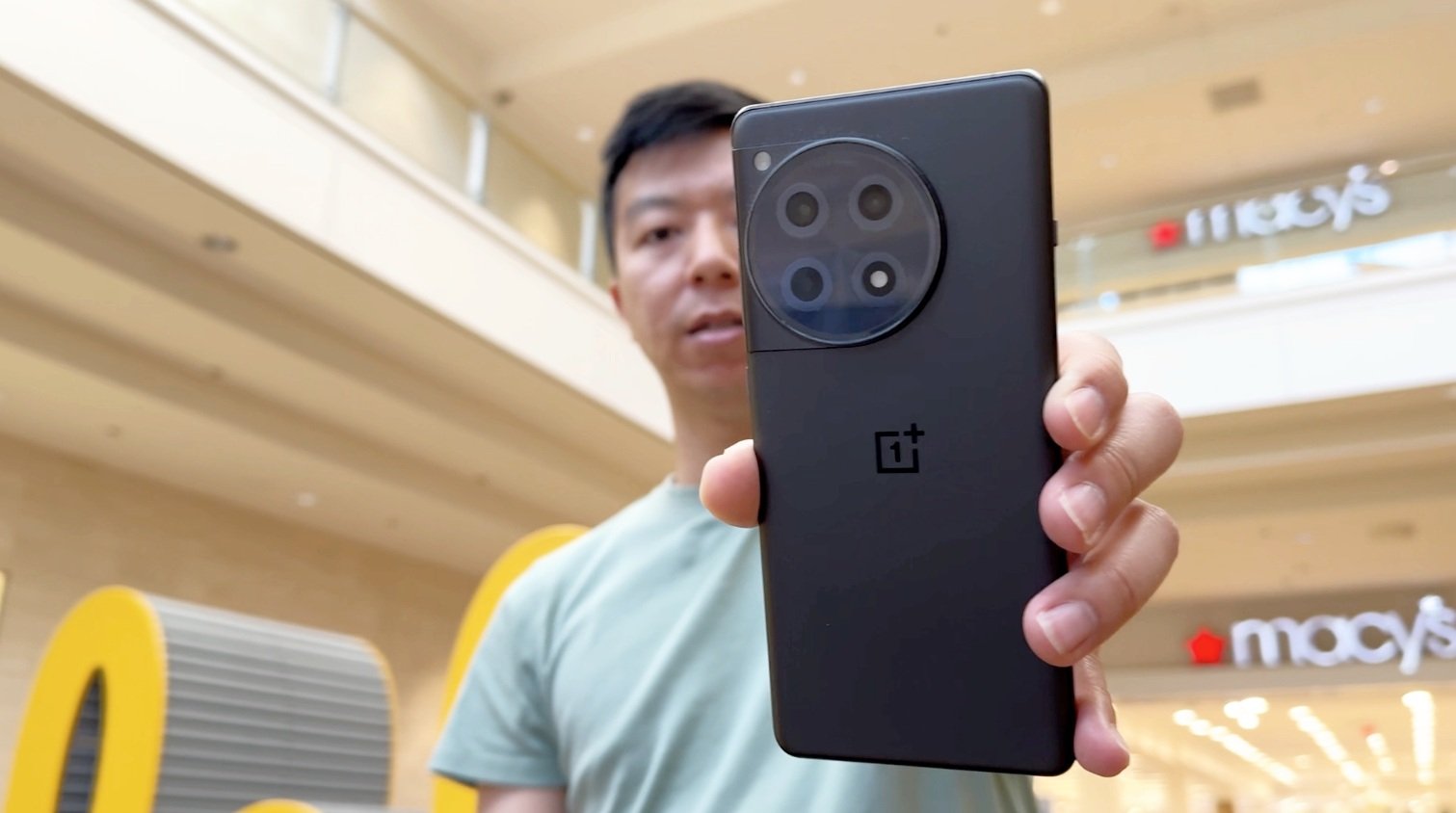








Alex
Caught in between the conundrum of his fascination with retro and the future, Alex has a very unique taste in technology. Never one to follow trends like his millennial peers yet constantly desiring to get ahead of the curve, he sees technology like he does his other love: comic books. Always looking for the best value or a hidden gem, his collector mindset reflects on some of his favorite gadgets: the Moto X (2015), HTC U11 and the Google Pixelbook. If there’s a good tech deal out there, Alex is on the hunt!